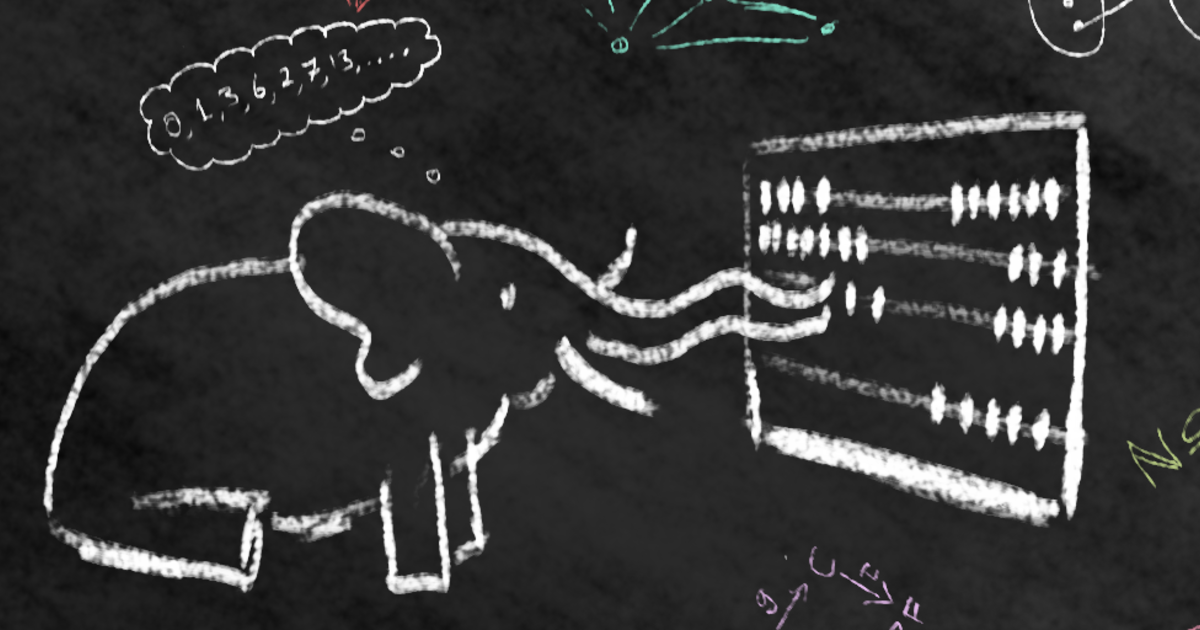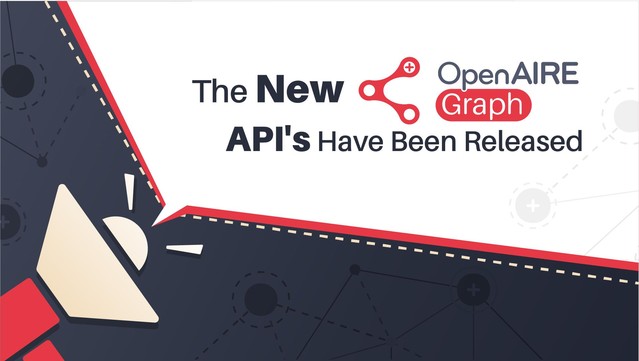BIPDB v.10 (CC-BY) is here: https://zenodo.org/record/8256943
For the first time, we calculated the impact indicators (citation count, popularity, influence, etc.) on a network where citations from multiple versions of the same article are considered only once. To do so, we exploited OpenAIRE's deduplication algorithm (https://tinyurl.com/oairededup): our citations were gathered from the #OpenAIREGraph & in the constructed network all versions of the same research product were merged into one node. [1/3]
ZenodoBIP! DB: A Dataset of Impact Measures for Scientific PublicationsThis dataset contains impact measures (metrics/indicators) for ~151M distinct DOIs that correspond to scientific articles. In particular, for each article we have calculated the following measures: Citation count: The total number of citations, reflecting the "influence" (i.e., the total impact) of an article. Incubation Citation Count (3-year CC): This is a time-restricted version of the citation count, where the time window length is fixed for all papers and the time window depends on the publication date of the paper, i.e., only citations 3 years after each paper’s publication are counted. This measure can be seen as an indicator of a paper's "impulse", i.e., its initial momentum directly after its publication. PageRank score: This is a citation-based measure reflecting the "influence" (i.e., the total impact) of an article. It is based on the PageRank1 network analysis method. In the context of citation networks, PageRank estimates the importance of each article based on its centrality in the whole network. RAM score: This is a citation-based measure reflecting the "popularity" (i.e., the current impact) of an article. It is based on the RAM2 method and is essentially a citation count where recent citations are considered as more important. This type of “time awareness” alleviates problems of methods like PageRank, which are biased against recently published articles (new articles need time to receive a “sufficient” number of citations). Hence, RAM is more suitable to capture the current “hype” of an article. AttRank score: This is a citation network analysis-based measure reflecting the "popularity" (i.e., the current impact) of an article. It is based on the AttRank3 method. AttRank alleviates PageRank’s bias against recently published papers by incorporating an attention-based mechanism, akin to a time-restricted version of preferential attachment, to explicitly capture a researcher’s preference to read papers which received a lot of attention recently. This is why it is more suitable to capture the current “hype” of an article. More details about the aforementioned impact measures, the way they are calculated and their interpretation can be found here. From version 5.1 onward, the impact measures are calculated in two levels: The DOI level (assuming that each DOI corresponds to a distinct scientific article. The OpenAIRE-id level (leveraging DOI synonyms based on OpenAIRE's deduplication algorithm4 - each distinct article has its own OpenAIRE id). Previous versions of the dataset only provided the scores at the DOI level. Also, from version 7 onward, for each article in our files we also offer an impact class, which informs the user about the percentile into which the article score belongs compared to the impact scores of the rest articles in the database. The impact classes are: C1 (in top 0.01%), C2 (in top 0.1%), C3 (in top 1%), C4 (in top 10%), and C5 (in bottom 90%). Finally, before version 10, the calculation of the impact scores (and classes) was based on a citation network having one node for each article with a distinct DOI that we could find in our input data sources. However, from version 10 onward, the nodes are deduplicated using the most recent version of the OpenAIRE article deduplication algorithm (https://graph.openaire.eu/docs/graph-production-workflow/deduplication/research-products). This enabled a correction of the scores (more specifically, we avoid counting citation links multiple times when they are made by multiple versions of the same article). As a result, each node in the citation network we build is a deduplicated article having a distinct OpenAIRE id. We still report the scores at DOI level (i.e., we assign a score to each of the versions/instances of the article), however these DOI-level scores are just the scores of the respective deduplicated nodes propagated accordingly (i.e., all version of the same deduplicated article will receive the same scores). We have removed a small number of instances (having a DOI) that were assigned (by error) to multiple deduplicated records in the OpenAIRE Graph. For each calculation level (DOI / OpenAIRE-id) we provide five (5) compressed CSV files (one for each measure/score provided) where each line follows the format “identifier <tab> score <tab> class”. The parameter setting of each measure is encoded in the corresponding filename. For more details on the different measures/scores see our extensive experimental study5 and the configuration of AttRank in the original paper.3 Files for the OpenAIRE-ids case contain the keyword "openaire_ids" in the filename. From version 9 onward, we also provide topic-specific impact classes for DOI-identified publications. In particular, we associated those articles with 2nd level concepts from OpenAlex (284 in total); we chose to keep only the three most dominant concepts for each publication, based on their confidence score, and only if this score was greater than 0.3. Then, for each publication and impact measure, we compute its class within its respective concepts. We provide finally the "topic_based_impact_classes.txt" file where each line follows the format “identifier <tab> concept <tab> pagerank_class <tab> attrank_class <tab> 3-cc_class <tab> cc_class”. The data used to produce the citation network on which we calculated the provided measures have been gathered from the OpenAIRE Graph v6.0.0, including data from (a) the OpenCitations’ COCI dataset (Jan-2023 version), (b) a MAG6,7 snapshot from Dec-2021, and (c) a Crossref snapshot from May-2023 (before version 10, these sources were gathered independently). The union of all distinct citations that could be found in these sources have been considered. References: R. Motwani L. Page, S. Brin and T. Winograd. 1999. The PageRank Citation Ranking: Bringing Order to the Web. Technical Report. Stanford InfoLab. Rumi Ghosh, Tsung-Ting Kuo, Chun-Nan Hsu, Shou-De Lin, and Kristina Lerman. 2011. Time-Aware Ranking in Dynamic Citation Networks. In Data Mining Workshops (ICDMW). 373–380 I. Kanellos, T. Vergoulis, D. Sacharidis, T. Dalamagas, Y. Vassiliou: Ranking Papers by their Short-Term Scientific Impact. CoRR abs/2006.00951 (2020) P. Manghi, C. Atzori, M. De Bonis, A. Bardi, Entity deduplication in big data graphs for scholarly communication, Data Technologies and Applications (2020). I. Kanellos, T. Vergoulis, D. Sacharidis, T. Dalamagas, Y. Vassiliou: Impact-Based Ranking of Scientific Publications: A Survey and Experimental Evaluation. TKDE 2019 (early access) Arnab Sinha, Zhihong Shen, Yang Song, Hao Ma, Darrin Eide, Bo-June (Paul) Hsu, and Kuansan Wang. 2015. An Overview of Microsoft Academic Service (MA) and Applications. In Proceedings of the 24th International Conference on World Wide Web (WWW '15 Companion). ACM, New York, NY, USA, 243-246. DOI=http://dx.doi.org/10.1145/2740908.2742839 K. Wang et al., “A Review of Microsoft Academic Services for Science of Science Studies”, Frontiers in Big Data, 2019, doi: 10.3389/fdata.2019.00045 Find our Academic Search Engine built on top of these data here. Further note, that we also provide all calculated scores through BIP! Finder’s API. Terms of use: These data are provided "as is", without any warranties of any kind. The data are provided under the Creative Commons Attribution 4.0 International license. More details about BIP! DB can be found in our relevant peer-reviewed publication: Thanasis Vergoulis, Ilias Kanellos, Claudio Atzori, Andrea Mannocci, Serafeim Chatzopoulos, Sandro La Bruzzo, Natalia Manola, Paolo Manghi: BIP! DB: A Dataset of Impact Measures for Scientific Publications. WWW (Companion Volume) 2021: 456-460 We kindly request that any published research that makes use of BIP! DB cite the above article.


